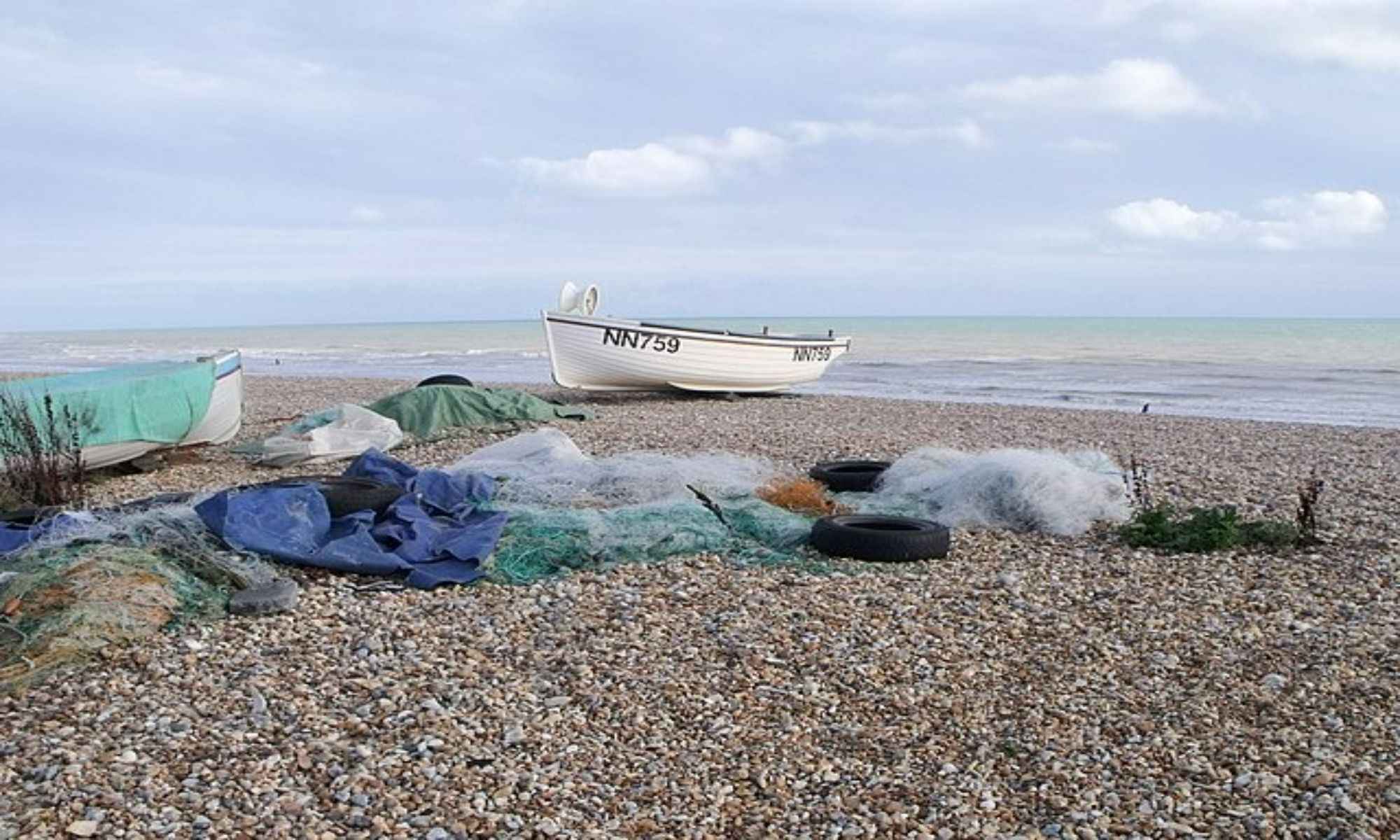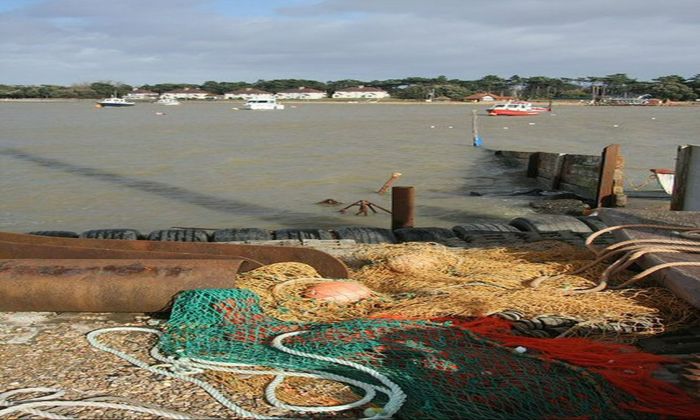Advantages and Disadvantages of Various Fishing Tackle Materials
Different fishing tackle materials perform differently in different circumstances. Learn about their pros and cons in this article.

The equipment an angler uses to catch fish is known as fishing tackle. It usually consists of a rod, reel, line, and hooks. Hundreds of years ago, all that was needed for fishing tackle was a fishing line with a hook affixed to the end where anglers could face their bait or lure. To clarify, the term "tackle,” which means "apparatus for fishing," has been used since 1398 AD. The word “fishing tackle” is more commonly used in recreational fishing, while "fishing gear" is more frequently used in commercial fisheries.

Fishing gear has improved over time which significantly advanced the sport of fishing. With the development of these different types of equipment, casting and fishing methods have also undergone significant modifications in open water angling. Various fish species, as well as anglers, benefit from the constant improvements in material and design. Graphite, fiberglass, and bamboo tackles are today's three main types. Below are the pros and cons of each fishing tackle material.
1. Graphite
Many people believe that graphite is the better alternative to fiberglass. However, even while it can survive harsher circumstances and may be more suitable for capturing big fish, one material cannot completely replace the other. Graphite is the best material for seasoned anglers who don't mind a graphite tackle's quick action. Because a graphite rod has little flexibility, you must have precise timing to hook your target species, be it carp or salmon.

Pick a graphite fishing rod when fly fishing in open water or with heavy winds, but use caution. Although strong, graphite has little give or elasticity, making it brittle and susceptible to breaking under the wrong circumstances. You risk accidentally snapping your rod and attempting to untangle it if it becomes twisted up on a boulder or at the bottom of the water. Since graphite is now the costliest fishing rod material on the mass market, if your rod breaks, you'll have to spend a reasonable sum on replacing it.
2. Fiberglass
Flexibility is one of the major pros of fiberglass fishing rods. As a result, before the hook is set, the game fish might not have had enough time to inhale the bait. For rod tips, fiberglass is extremely helpful.
Although incredibly flexible, fiberglass fishing rods are also very sturdy and long-lasting. As a result, you can use them to catch a wide variety of fish species. Because of their robustness, they will eventually be able to withstand more punishment.
Maintenance is also another advantage of fiberglass fishing rods. These rods require very little upkeep. They are a great option for new anglers to use because of this. Fiberglass tackles have some benefits, but they also have some drawbacks. Their weight is one of the first. The fact that they are a little bit heavier than other designs will be crucial when using a lengthier rod.
The sensitivity of fiberglass fishing poles is another drawback, especially when you are on a boat. Compared to graphite rods, they are less sensitive. Because of this, they will be less accurate, which will be more of an issue for novice anglers. However, fiberglass fishing rod designs are preferable when the rod is under constant pressure. These are a few of the benefits and drawbacks of fishing rods made of fiberglass. You can use these rods to catch various species because they are both incredibly sturdy and flexible. Additionally, the rods are very simple to maintain, which is helpful for novice anglers. However, fiberglass rods are heavier and less responsive than their graphite counterparts.
3. Bamboo
The use of bamboo fishing poles has several benefits. First off, bamboo tackles are portable and lightweight. They are simple to load into a suitcase or backpack and transport wherever you go. They are one-fourth the weight of fiberglass fishing tackles, making them incredibly light.

Since they are light, it is simpler to fish when standing on unstable surfaces like soft sand or wet mud that cannot support your body weight. Despite what some people may believe, bamboo fishing tackles are more durable than fiberglass fishing tackles. They are not prone to fading or bending. They also have the most sensitivity. Since the tackle tip has thin action that facilitates cast and retrieval, it feels ideal for catching even the sneakiest game fish.
Bamboo tackles are also non-toxic to the environment. A cool and distinctive design that not all fishing tackles have may also be found in bamboo tackles. They look even more enticing because they frequently have metal rings on the top of the tackle. Bamboo fishing poles are generally stylish and helpful. They are currently among the greatest sorts of fishing tackles.
The only drawback of these fishing rods is that they break easily, which is a hassle. The worry of breaking bamboo fishing poles is its lone drawback. Because it is all that bamboo rods can be, that is how most of them are made. They are handy and a nice option for anglers wanting to conserve money, but the fact that they are prone to breaking shouldn't be a turnoff.
Since bamboo fishing rods have been used for so long, they should continue to be widely used by anglers. One of the best materials for fishing rod construction is still bamboo.




